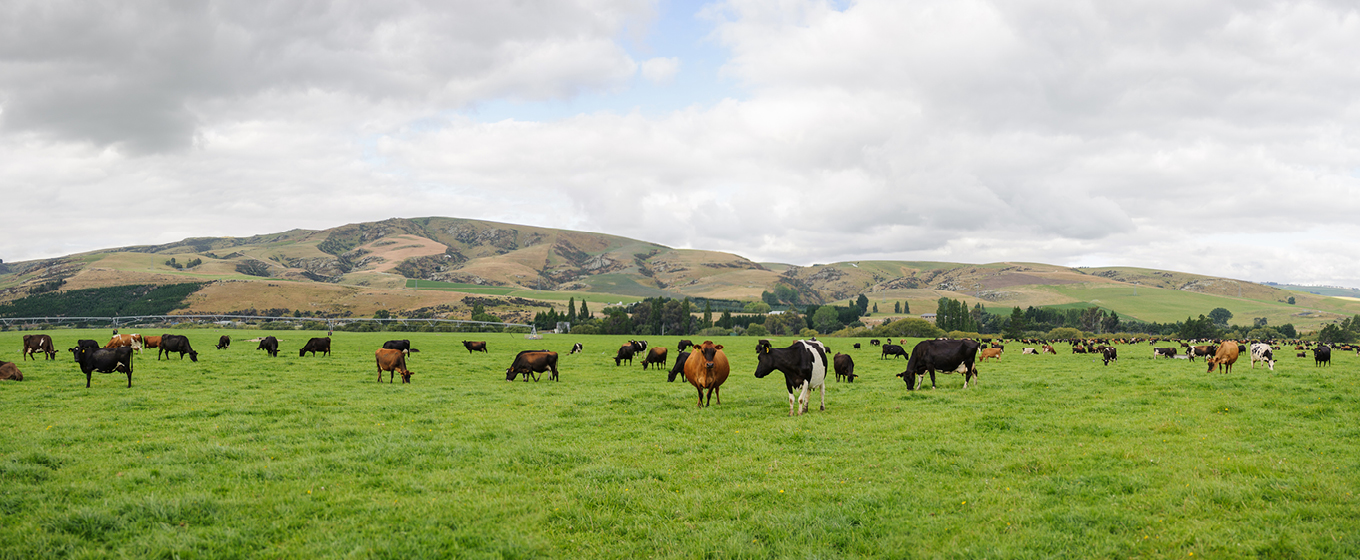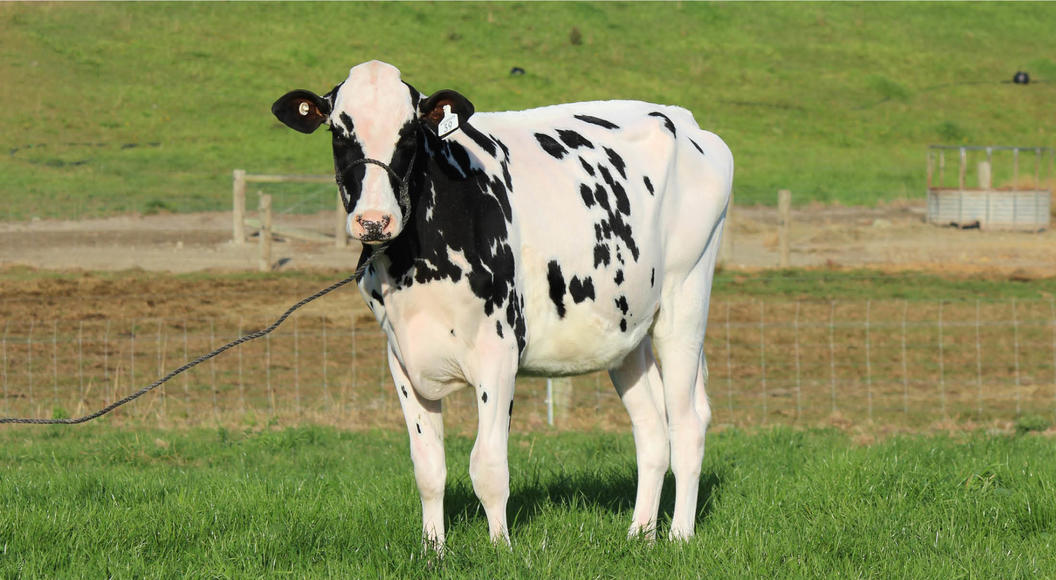
Dairy Livestock Market Approaches Business End of the Season
With Gypsy Day looming, trade in dairy livestock is into the business end of the season.
According to PGG Wrightson National Dairy Sales Manager Jamie Cunninghame, as the season rolls on vendor and purchaser expectations are drawing closer together, which means deals are becoming more frequent.
“Herd sales contracted for 1 June delivery have been completed steadily over the past few weeks, priced in the $1500 to $1900 per head range, depending on quality. Most sales have proceeded at between $1600 and $1700 per head.
“A series of on-farm clearing sales is also under way, with at least a dozen auctions in Waikato, Taranaki and Manawatu scheduled through until the final week of May. Early enquiry for these has been strong, and the auctions should go well, particularly when the higher quality herds go under the hammer,” he said. Information about the schedule of clearing sales is on the AgOnline website.
Jamie Cunninghame said positive indications for dairy returns have provided the market with less impetus than might have been expected.
“Although the Global Dairy Trade’s recent trend is good news, it is not yet stirring the dairy livestock trade along as much as you might expect. Although there is some feelgood, other factors are holding farmers in check.
“South Island farmers who culled herds due to Mycoplasma Bovis are now repopulating, though that activity is not sufficient to alter the market. However, with the tough spring and dry summer leaving empty rates higher than normal, farmers going to market to maintain herd numbers are driving impetus somewhat. Additionally, export cattle are still going to China, with farmers who have capitalised now looking to replace numbers. Export enquiry responds quickly to global dairy prices, so more export activity is likely,” he said.
Overall, Jamie Cunninghame expects steady market progress during the coming weeks, with quality stock selling well at stable values and minimal variance on current trends.


